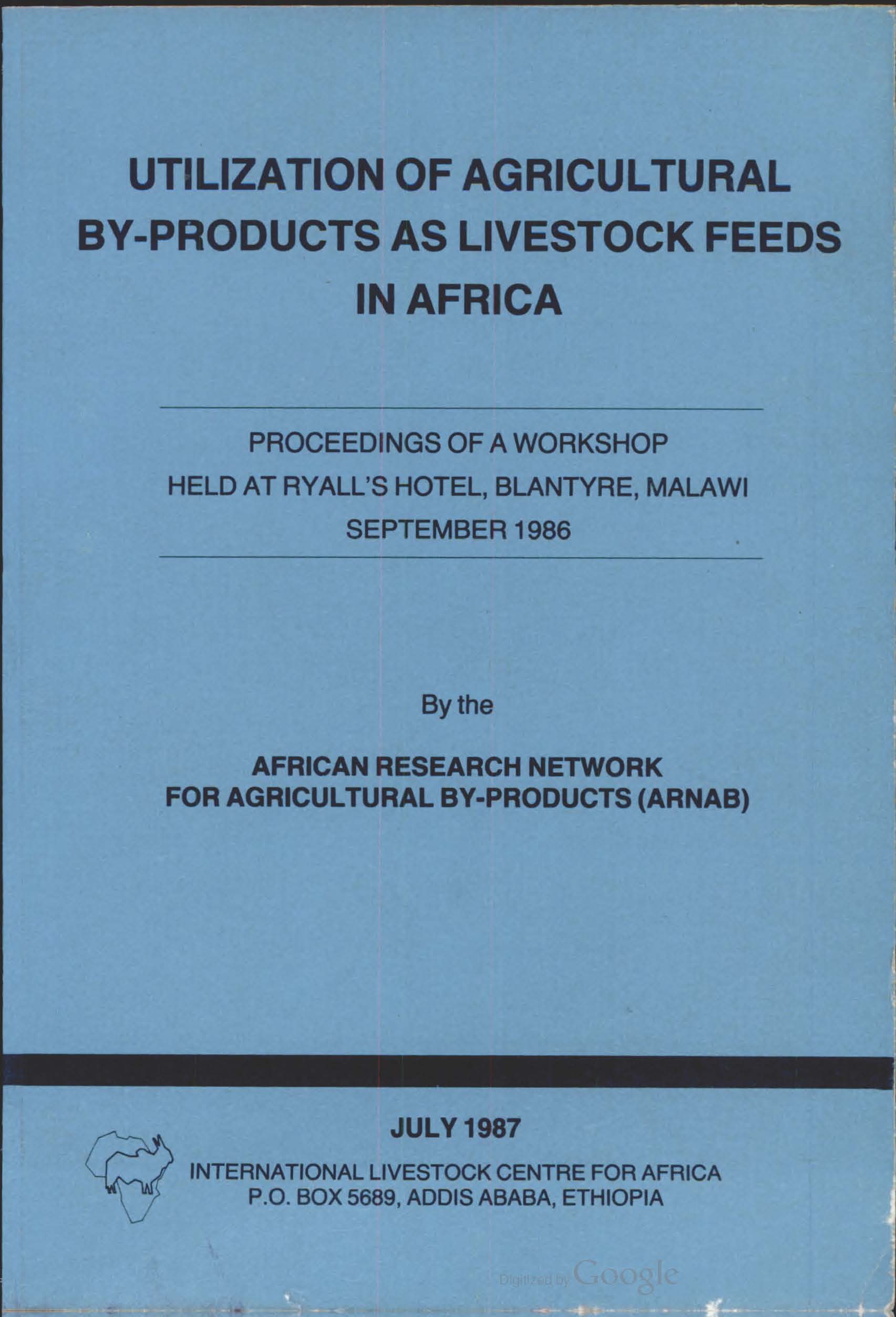CGIAR is the only worldwide partnership addressing agricultural research for development, whose work contributes to the global effort to tackle poverty, hunger and major nutrition imbalances, and environmental degradation.
It is carried out by 15 Centers, that are members of the CGIAR Consortium, in close collaboration with hundreds of partners, including national and regional research institutes, civil society organizations, academia, development organizations and the private sector.
The 15 Research Centers generate and disseminate knowledge, technologies, and policies for agricultural development through the CGIAR Research Programs. The CGIAR Fund provides reliable and predictable multi-year funding to enable research planning over the long term, resource allocation based on agreed priorities, and the timely and predictable disbursement of funds. The multi-donor trust fund finances research carried out by the Centers through the CGIAR Research Programs.
We have almost 10,000 scientists and staff in 96 countries, unparalleled research infrastructure and dynamic networks across the globe. Our collections of genetic resources are the most comprehensive in the world.
What we do
We collaborate with research and development partners to solve development problems. To fulfill our mission we:
- Identify significant global development problems that science can help solve
- Collect and organize knowledge related to these development problems
- Develop research programs to fill the knowledge gaps to solve these development problems
- Catalyze and lead putting research into practice, and policies and institutions into place, to solve these development problems
- Lead monitoring and evaluation, share the lessons we learn and best practices we discover;
- Conserve, evaluate and share genetic diversity
- Strengthen skills and knowledge in agricultural research for development around the world
Making a difference
We act in the interests of the world’s poorest and most vulnerable. Our track record spans four decades of research.
Our research accounted for US$673 million or just over 10 percent of the US$5.1 billion spent on agricultural research for development in 2010. The economic benefits run to billions of dollars. In Asia, the overall benefits of CGIAR research are estimated at US$10.8 billion a year for rice, US$2.5 billion for wheat and US$0.8 billion for maize.
It has often been cited that one dollar invested in CGIAR research results in about nine dollars in increased productivity in developing countries.
Sweeping reforms for the 21st century
Political, financial, technological and environmental changes reverberating around the globe mean that there are many opportunities to rejuvenate the shaky global food system. Developments in agricultural and environmental science, progress in government policies, and advances in our understanding of gender dynamics and nutrition open new avenues for producing more food and for making entrenched hunger and poverty history.
The sweeping reforms that brought in the CGIAR Consortium in 2010 mean we are primed to take advantage of these opportunities. We are eagerly tackling the ever more complex challenges in agricultural development. We are convinced that the science we do can make even more of a difference. To fulfill our goals we aim to secure US$1 billion in annual investments to fund the current CGIAR Research Programs.
CGIAR has embraced a new approach that brings together its strengths around the world and spurs new thinking about agricultural research for development, including innovative ways to pursue scientific work and the funding it requires. CGIAR is bringing donors together for better results and enabling scientists to focus more on the research through which they develop and deliver big ideas for big impact. As a result, CGIAR is more efficient and effective, and better positioned than ever before to meet the development challenges of the 21st century.
We are no longer the ‘Consultative Group on International Agricultural Research’. In 2008 we underwent a major transformation, to reflect this and yet retain our roots we are now known simply as CGIAR.
Members:
Resources
Displaying 12266 - 12270 of 12598World and Asian markets for cassava products
This analysis of global and Asian markets looks at protectionism and substitution (decline in starch trade, rise in trade of cassava feedstuffs) and the Asian regional market for cassava feedstuffs. The degree of substitution between cassava and grains has increased measurably during the postwar period. Cassava's future in world markets depends on its ability to compete with grains; so far this has depended on grain pricing policies and tariff structures of importing countries, making cassava trade more vulnerable than the international grain trade.
Thailand: rapid growth driven by export markets
In Thailand cassava is produced mainly for export. The Thai cassava industry was based on starch export until the 60s when West Germany began to use CSW for animal feed. As this was a by-product of starch manufacturing, shortages resulted, leading to the market for CM. Chips became the dominant export in 1964 and so did native pellets in 1969, and hard pellets in 1983. Thailand went from a minor producer of cassava in the 50s to presently the 2nd largest in the world. Data are provided on production trends, yields (av.
Malaysia: Cassava vs. tree crops in the competition for land
The agricultural economy of Malaysia has traditionally been export-oriented. Cassava was the 1st of the export crops, established in the 1850s. Malaysia is a land-surplus, labor-scarce economy; thus cassava was planted in a shifting cultivation system giving it the image of a soil-depleting crop. Data are also provided on yields, production systems, production costs and labor utilization, and pricing and market efficiency. The national plan through 2000 emphasizes tree crops, which could affect cassava production.
CIPEA Rapport Annuel 1986/87: Une Annee de Progres et de Changement
Utilization of agricultural by-products as livestock feeds in Africa. Proceedings of a workshop
Presents results of studies on the utilization of agricultural by-products as livestock feeds in Africa. Discusses methods of estimating the nutritive value of fibre residues and feed legumes, feed intake and digestibility, prospects of utilizing urea-treated maize stover, agroindustrial by-products and the chemical analysis of feeds.



